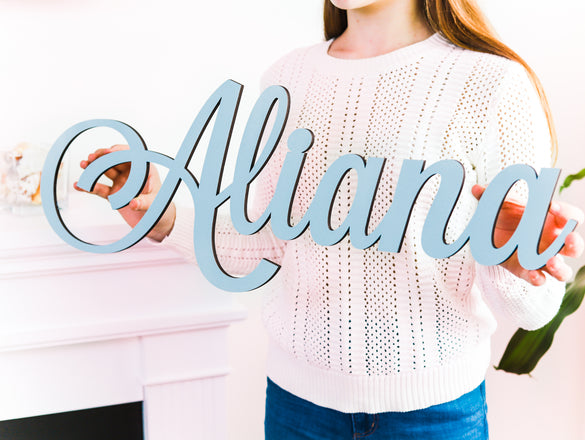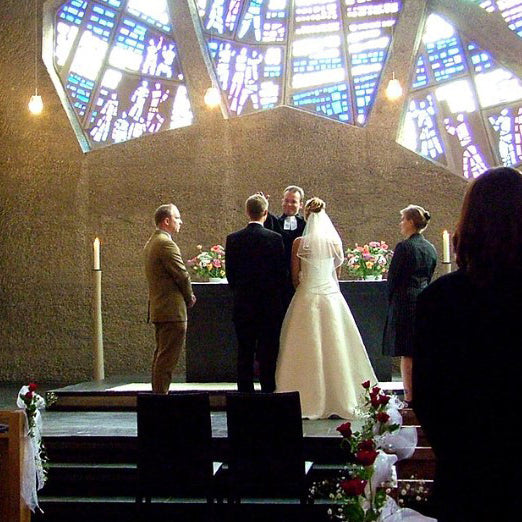The History of Weddings in America
Weddings have been a central part of American culture, reflecting the country’s diverse heritage and evolving societal norms. The history of weddings in America is rich and varied, spanning from the colonial period to the modern day. This article explores the transformation of wedding customs, traditions, and ceremonies in America over the centuries.
Colonial America
In colonial America, weddings were primarily pragmatic affairs. They were less about romance and more about economic and social arrangements. Puritans, who were among the early settlers, viewed marriage as a civil contract rather than a religious sacrament. Wedding ceremonies were typically simple, held at home or in a public meeting place, with the couple's families and close friends in attendance. The focus was on the practical aspects of joining two families and ensuring the community's stability.

18th and 19th Centuries
As America grew and evolved, so did its wedding traditions. By the 18th century, weddings began to incorporate more celebratory elements. Influences from Europe, particularly England, brought a touch of formality and festivity. The notion of a white wedding dress, popularized by Queen Victoria of England in 1840, began to take hold in America during the mid-19th century. Before this, brides wore their best dress, regardless of color.
The 19th century also saw the rise of the wedding industry. Bridal fashion, elaborate ceremonies, and printed wedding invitations became more common, especially among the upper classes. The Industrial Revolution played a significant role in this transformation, providing the means for mass production of wedding-related goods and services.

Early 20th Century
The early 20th century marked a significant shift in wedding practices. The Roaring Twenties introduced more flamboyant and glamorous wedding styles. Weddings became more public events, often held in churches or rented venues, with larger guest lists. The concept of the honeymoon also gained popularity during this period, reflecting a shift towards a more romantic view of marriage.
The Great Depression and World War II impacted wedding customs as well. During these challenging times, many couples opted for simpler, more modest ceremonies due to economic constraints. Wartime weddings were often hastily arranged as soldiers prepared to leave for the front lines, with brides wearing practical suits instead of elaborate gowns.

Post-World War II Era
The post-World War II era saw a return to more traditional and elaborate wedding celebrations. The economic boom of the 1950s allowed for more extravagant weddings, with an emphasis on the bride's attire, floral arrangements, and reception festivities. The influence of Hollywood also played a role, with glamorous movie weddings setting trends for real-life ceremonies.
During this period, the white wedding dress became firmly entrenched as a symbol of purity and innocence. The traditional church wedding, followed by a lavish reception, became the ideal for many American couples. The rise of suburban living and the growth of the middle class further cemented these customs.

Late 20th Century to Present
The latter half of the 20th century brought significant changes to wedding traditions in America. The 1960s and 1970s saw a move towards more personalized and unconventional weddings, reflecting the broader cultural shifts of the time. Many couples began to incorporate elements that reflected their individual tastes and values, such as outdoor ceremonies and unique venues.
The 1980s and 1990s saw the rise of the wedding industry as a major economic force. Bridal magazines, television shows, and eventually, the internet, offered endless inspiration and guidance for planning the perfect wedding. The concept of the "wedding planner" emerged, providing professional assistance to couples navigating the complexities of modern wedding planning.
In recent years, weddings have continued to evolve. There is a growing trend towards smaller, more intimate ceremonies, often referred to as "micro weddings." This trend has been accelerated by the COVID-19 pandemic, which forced many couples to scale back their plans. Eco-friendly and sustainable weddings have also gained popularity, reflecting a broader societal shift towards environmental consciousness.

Cultural Diversity in American Weddings
One of the most distinctive features of weddings in America is their cultural diversity. The United States is a melting pot of different ethnicities and traditions, and this is reflected in the wide array of wedding customs observed across the country.
For example, African American weddings often incorporate elements of African culture, such as jumping the broom, a ritual that dates back to the days of slavery. Jewish weddings are known for the breaking of the glass, symbolizing the fragility of human relationships. Indian weddings, celebrated by the large Indian American community, are often multi-day events filled with vibrant colors, music, and dance.
In recent years, there has been a growing trend of multicultural weddings, where couples blend elements from their respective cultural backgrounds to create a unique and meaningful ceremony. This reflects the broader acceptance and celebration of diversity in American society.
The Future of Weddings in America
As we look to the future, it is clear that weddings in America will continue to evolve. The ongoing influence of technology, changing social norms, and the growing emphasis on personalization will shape the way couples celebrate their unions. Virtual weddings, live-streamed for guests who cannot attend in person, are likely to become more common. There is also a growing emphasis on inclusivity, with same-sex weddings and ceremonies for non-traditional family structures becoming more accepted and celebrated.

In conclusion, the history of weddings in America is a fascinating journey through time, reflecting the country’s evolving values, traditions, and social dynamics. From the pragmatic unions of colonial times to the personalized celebrations of today, weddings have always been a mirror of American society. As new trends and technologies emerge, the one constant will be the celebration of love and commitment that weddings represent.
Sources:
- Mintz, S., & Kellogg, S. (1988). Domestic Revolutions: A Social History of American Family Life. Free Press.
- Howard, V. (2006). Brides, Inc.: American Weddings and the Business of Tradition. University of Pennsylvania Press.
- Otnes, C. C., & Pleck, E. H. (2003). Cinderella Dreams: The Allure of the Lavish Wedding. University of California Press.
- Mead, R. (2007). One Perfect Day: The Selling of the American Wedding. Penguin Books.
- Ingraham, C. (1999). White Weddings: Romancing Heterosexuality in Popular Culture. Routledge.


